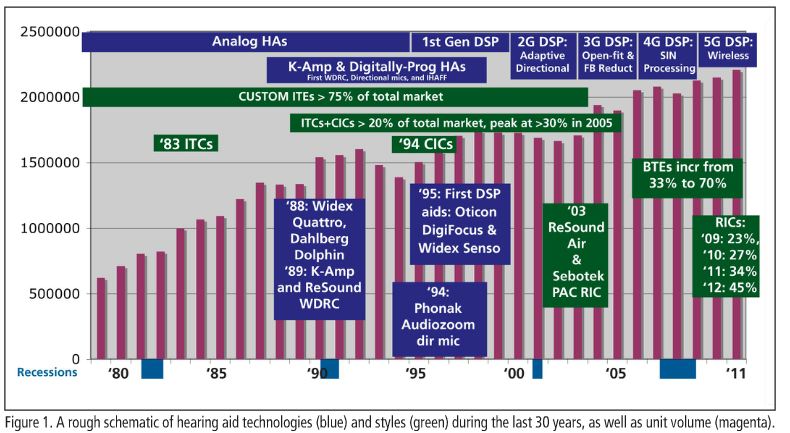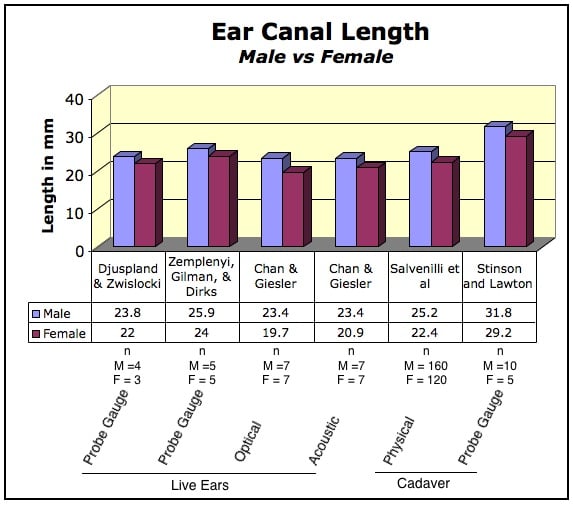Nov. 14, 2017
Of the many journals I subscribe to, one is the Journal of the Acoustical Society of America. And of the articles that are the most well-read (at least so far in 2017) is “Enhancing monochromatic multipole emission by a subwavelength enclosure of degenerate Mie resonances” and “No correlation between headphone frequency response and retail price”. Well, I don’t have to









